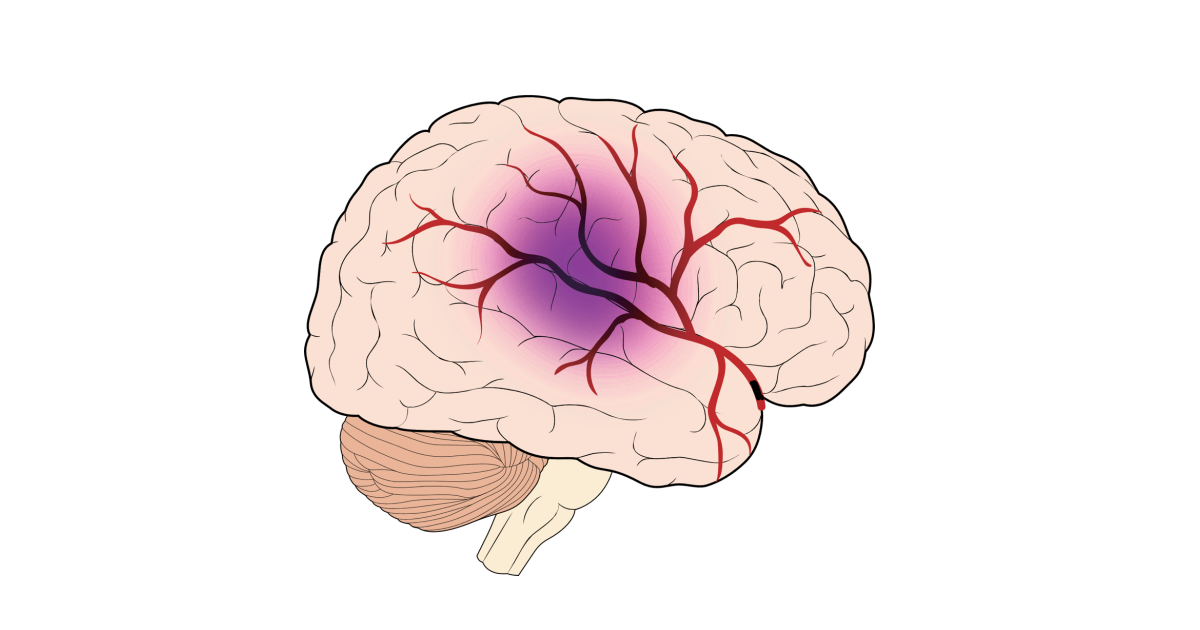Topic Menu
► Topic MenuTopic Editors



Diagnosis and Management of Acute Ischemic Stroke

Topic Information
Dear Colleagues,
Stroke is the second most common cause of mortality and the second most common cause of disability worldwide. Various risk factors are associated with stroke including high blood pressure, diabetes, smoking, hyperlipidemia, cardiac disease, being overweight, and air pollution. While an etiologic diagnosis of stroke is critical for the secondary prevention of stroke, determining the etiologic classification of stroke is still probabilistic. Atherosclerosis, cardiac embolism, and lacunar infarction are the major causes of stroke. There are other, rare causes of stroke, especially in young age groups. Of all ischemic stroke patients, 9–25% are classified as embolic stroke of undetermined source (ESUS). ESUS is a heterogenous category and its management is challenging to physicians. The treatment of stroke should be individualized according to stroke subtype. An acute period of stroke is dynamic and the most important determinant of future prognosis. The use of recombinant tissue plasminogen activator (rtPA) has been the standard of care for the treatment of acute ischemic stroke for over two decades. However, low efficacy and potential harmfulness limit its effectiveness. Recent randomized trials and subsequent meta-analysis have consolidated the role of endovascular thrombectomy (EVT) in stroke patients with a large cerebral artery occlusion. The recanalization rate of EVT is approximately 80%, but only 50% of patients achieve functional independence. Therefore, new treatment strategies are needed to reduce the rate of poor outcomes. After the acute period, patients with stroke require tailored secondary prevention according to presumed etiologies. Antiplatelets, anticoagulants, and statins are the mainstay of secondary prevention. Risk factor control for individual patients should be achieved. Our Topic Issue will consider original articles, commentaries, and review articles that focus on the following potential topics (but not limited to these):
- Imaging and clinical diagnosis of stroke.
- Diagnosis and management of embolic stroke of undetermined source (ESUS).
- Clinical aspects of stroke.
- Artificial intelligence, mobile health and machine learning in stroke.
- Determinant of outcome after stroke.
- Pharmacologic intervention of stroke.
- Genetics in stroke.
- Determinants improving reperfusion therapy.
- Improving recanalization rate and outcomes in endovascular thrombectomy (EVT).
- Treatment and prognosis according to comorbidity and stroke subtype.
- Secondary stroke prevention according to comorbidity and stroke subtype.
- Improving treatment and prognosis using novel and practical tools.
- Cost-effective analysis of stroke.
- Application of neurosonology.
- Gut microbiota and stroke.
- Basic research in stroke.
- Epidemiology study of stroke.
Dr. Hyo Suk Nam
Dr. Byung Moon Kim
Dr. Tae-jin Song
Dr. Minho Han
Topic Editors
Keywords
- ischemic stroke
- comorbidity
- intervention
- precision medicine
- prevention
- prognosis
- rehabilitation
- risk factors
- treatment
- subtype
Participating Journals
| Journal Name | Impact Factor | CiteScore | Launched Year | First Decision (median) | APC |
|---|---|---|---|---|---|

Journal of Clinical Medicine
|
2.9 | 5.2 | 2012 | 17.7 Days | CHF 2600 |

Diagnostics
|
3.3 | 5.9 | 2011 | 21 Days | CHF 2600 |

Journal of Personalized Medicine
|
- | 6.0 | 2011 | 21.5 Days | CHF 2600 |

Brain Sciences
|
2.8 | 5.6 | 2011 | 16.2 Days | CHF 2200 |

Journal of Vascular Diseases
|
- | 0.8 | 2022 | 24.5 Days | CHF 1000 |

Preprints.org is a multidisciplinary platform offering a preprint service designed to facilitate the early sharing of your research. It supports and empowers your research journey from the very beginning.
MDPI Topics is collaborating with Preprints.org and has established a direct connection between MDPI journals and the platform. Authors are encouraged to take advantage of this opportunity by posting their preprints at Preprints.org prior to publication:
- Share your research immediately: disseminate your ideas prior to publication and establish priority for your work.
- Safeguard your intellectual contribution: Protect your ideas with a time-stamped preprint that serves as proof of your research timeline.
- Boost visibility and impact: Increase the reach and influence of your research by making it accessible to a global audience.
- Gain early feedback: Receive valuable input and insights from peers before submitting to a journal.
- Ensure broad indexing: Web of Science (Preprint Citation Index), Google Scholar, Crossref, SHARE, PrePubMed, Scilit and Europe PMC.


